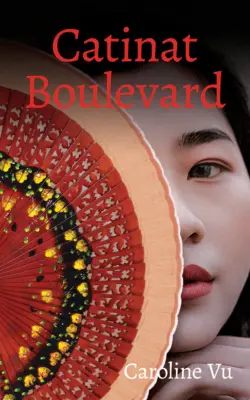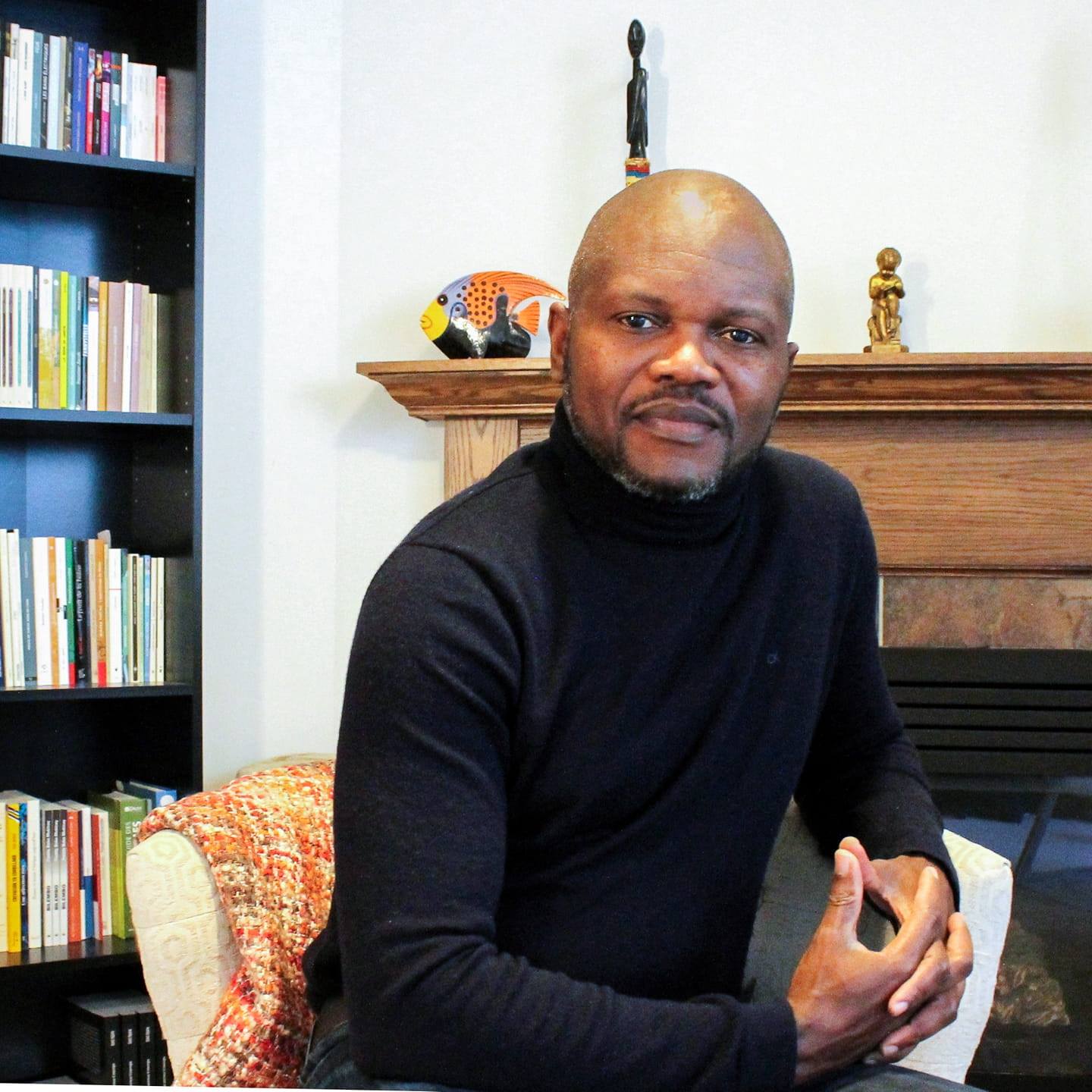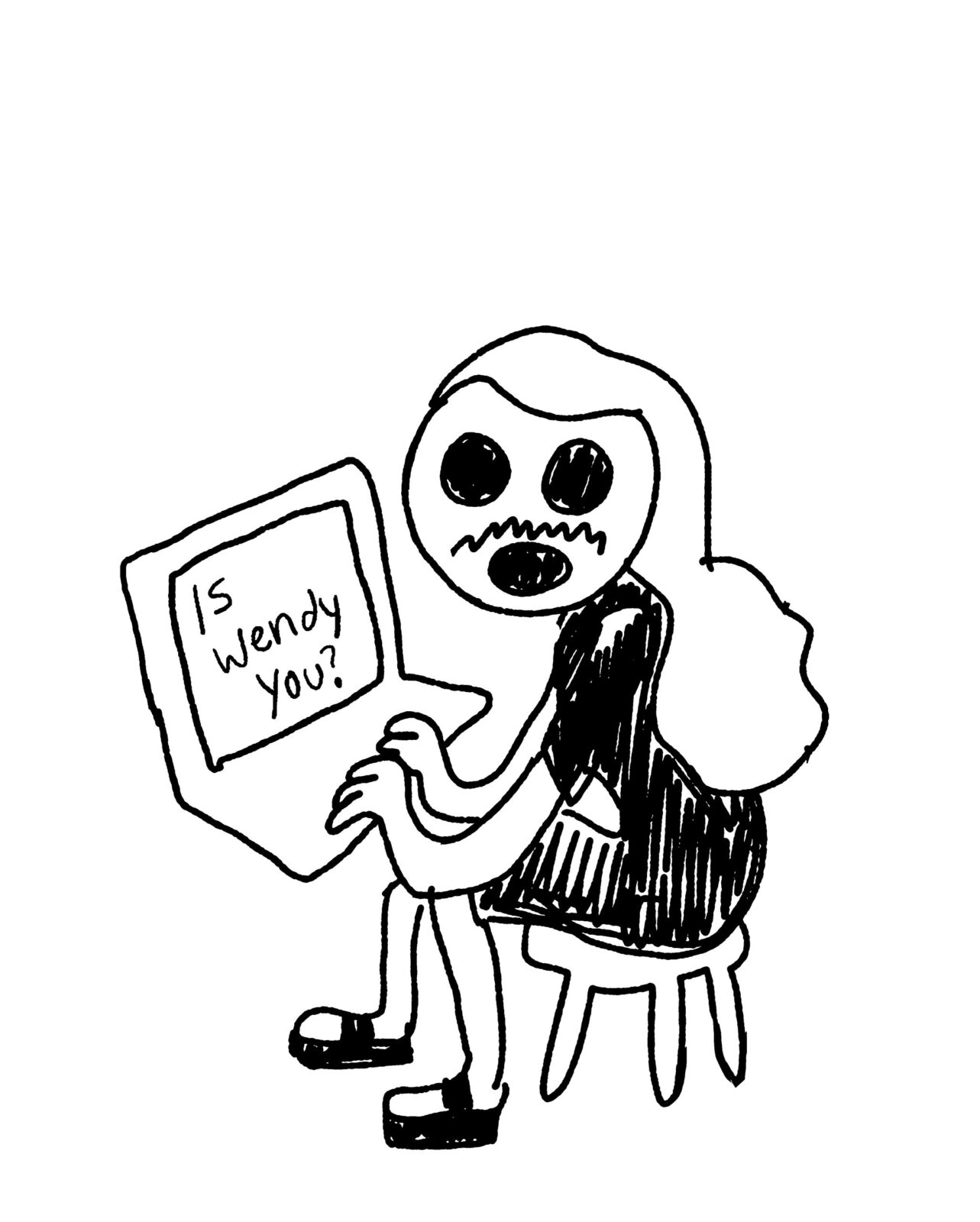One of the first things I ask Caroline Vu as we sit down to discuss her latest novel Catinat Boulevard concerns her choice of profession. As a fellow Asian Canadian, I know well the specific career expectations Asian immigrant parents typically impose on their children, and how inflexible they can be. “I read that you were a physician on top of being a writer, is that true?” It is. Talk about having your cake and eating it too.

Catinat Boulevard
Caroline Vu
Guernica Editions
$25.00
458pp
9781771838276
What truly kickstarted her writing endeavours was the discovery of new literary inspiration, which she found thanks to her medical practice, of all things: stories, particularly those from her patients in immigrant clinics. “Paying attention to my patients’ narratives, listening beyond the stethoscope, made me a better doctor. I feel lucky to be able to share my patients’ longings, happiness, fear, and sorrows. Real, raw emotions… I wouldn’t be able to find this in writing classes!” Indeed, Vu’s novels are not only richly researched accounts of historical fiction, they’re also centred on emotional, character-driven journeys – this empathetic lens is what most compels Vu in her work.
Her most ambitious book yet, Catinat Boulevard takes a bold and unconventional approach to her usual themes of race and cultural identity. Readers are plunged headfirst into the immersive, unreliable narrative voice of Nat, who recounts memories from a far-gone past, much of which he reveals predates his birth.
These memories primarily follow the turbulent lives of two Vietnamese women, Mai Ly and Mai, from when they become fast friends as young girls, to how their paths diverge and re-merge over the duration and aftermath of the Vietnam war. Mid-century Vietnam is a waking beast of a country; coming out of the dregs of French colonial rule, the political messiness of the 1960s soon divulges into civil war. In the meantime, Mai and Mai Ly are quickly coming into their teenage years, attracted by and curious about the arrival of many American GIs in their city.
Mai soon enters into a short affair with Michael, a young African-American soldier. She falls pregnant, much to the ostracization and disgust of her parents, and eventually abandons her child at a Christian orphanage. Mai and Michael’s baby, we soon learn, is none other than Nat himself.
In our current times, discussions of the role of intersectionality in culture and literature are becoming more and more prominent. Even so, historical fiction seldom explores how mixed-race people often face overlapping racial discriminations. This may be due in part to how some non-white authors are pigeonholed to write through established formulas and feel compelled to tailor their stories to the comfort and expectations of their white readers. Sticking to these constraining, reductive conventions when writing about people of colour doesn’t actually offer any significant representation. Rather, it perpetuates specific archetypal plots and characters that most appeal to mainstream white audiences, thus robbing BIPOC stories of their intrinsic complexity and humanity.
For Vu, making Nat biracial was indeed very deliberate. While researching for her novel, Vu learned about how the children of African-American GIs and Vietnamese women were seen as shameful bụi đời – “dust of life” in Vietnamese – subject to ostracization and racism: “Little was known about these abandoned children in the US. It is thus important for me to tell their stories.”
Nat being both Black and Asian makes his narrative unreliability all the more fascinating. Having had no contact with either of his parents for years, he is naturally drawn to the realms of imagination and fiction to fill in the narrative gaps of his life. The thin line between what is “real” and what is “imagined” gradually disintegrates as the story begins catching up to Nat’s present day in New York: chapters flit from first- to third-person narration, letters and writings from other characters are revealed, dreamlike accounts of memories resurface.
Most of the novel’s chapters are incredibly short, making Catinat Boulevard intensely consumable despite its nearly 470-page length. Reading through these chapters sometimes feel more akin to flipping through the yellowed pages of a photo album with Nat sitting by your side; reimagining, recontextualizing still frames of life in real time. This particular quality may also explain how sensorial many of Nat’s descriptions feel, his fixations on certain images and details: a crack in a stone wall and sprouting grass, the taste of snake wine, the scent of tiger balm and lemony cinnamon. Amid the foggy, unreliable realm of human memory, it must be those emotions most connected with the senses that ultimately stay with us the longest.
Sometimes all we are left with when remembering a loved one are literal and figurative fragments, of which no satisfying or complete narrative can be derived from, not for lack of trying. By recording these memories, however fractured or confused, Nat grants a degree of permanence to his parents’ stories; much the same way Vu herself strives to immortalize her family through her novels: “My children are born here,” she says. “They don’t know much about Vietnamese history. They don’t know much about their family’s story. Through my writing, I hope they’ll be able to explore lost connections with their past.”
Vu’s Catinat Boulevard deliberately problematizes the conventional Vietnam War narrative, not only by making all of her protagonists people of colour and shedding light on both anti-Asian and anti-Black racism, but also by grounding her characters with impulsivity, hypocrisy, promiscuity, humour – making them whole and human.
Our cultural consciousness of the Vietnam War, just as of the country itself, is one still dominated by Western-centric narratives. In Quebec, the province that holds the second-largest Vietnamese population in Canada, Vietnamese cultural presence is surprisingly lacking. Aside from the best-selling novels and triumphant media success of Kim Thuy, “there remains a gap in representation of Vietnamese in mainstream Quebec media.”
But Vu recognizes a new shift coming: “With the Canada Council for the Arts’ emphasis on diversity, we are starting to see more Vietnamese stories.” She cites fellow writers Mai Nguyen and Yasmine Phan-Morissette, as well as recently lauded filmmakers Khoa Lê and Carol Nguyen. Vu hopes that their work will “contribute to the diversification of the Quebec cultural landscape.”
Before we depart, I ask Vu what she’s planning to write next. “AI sex dolls!” she proclaims with glee, and tells me how excited she is about her current project, a short story collection exploring the ethics of technology in modern society. “I can’t write about Vietnam forever.”mRb







0 Comments